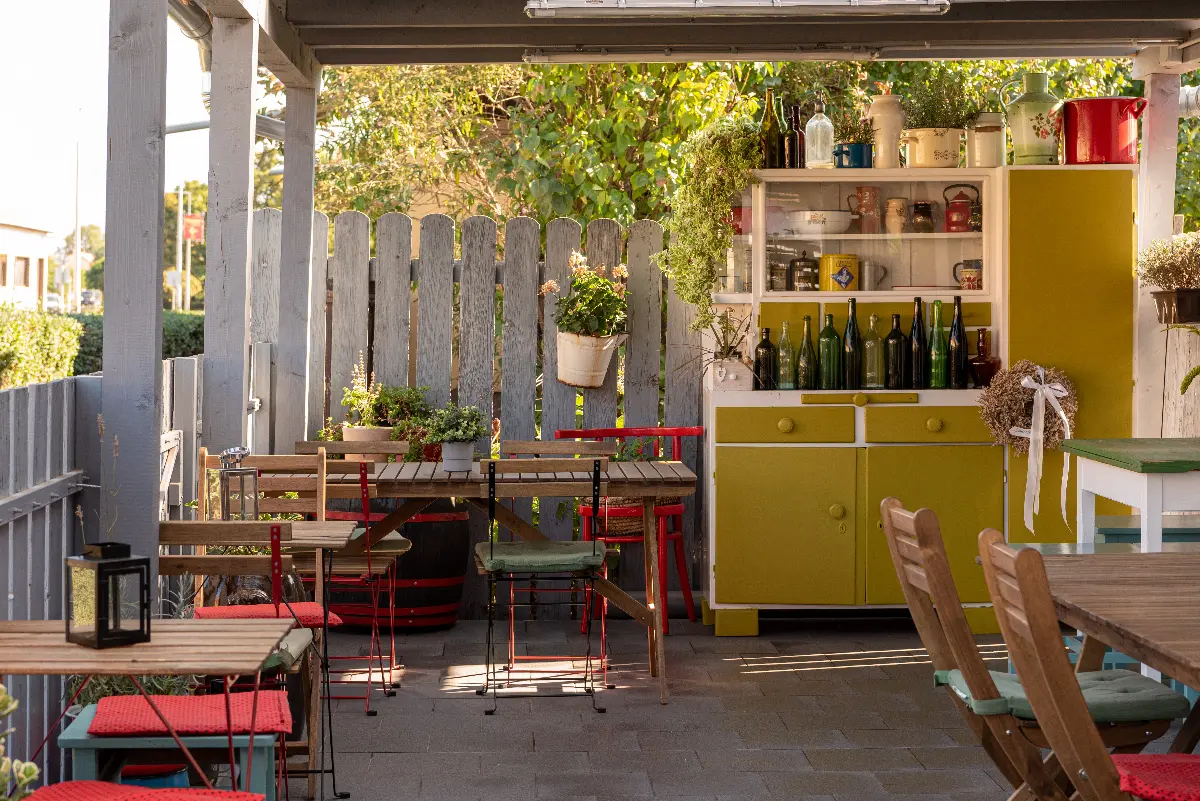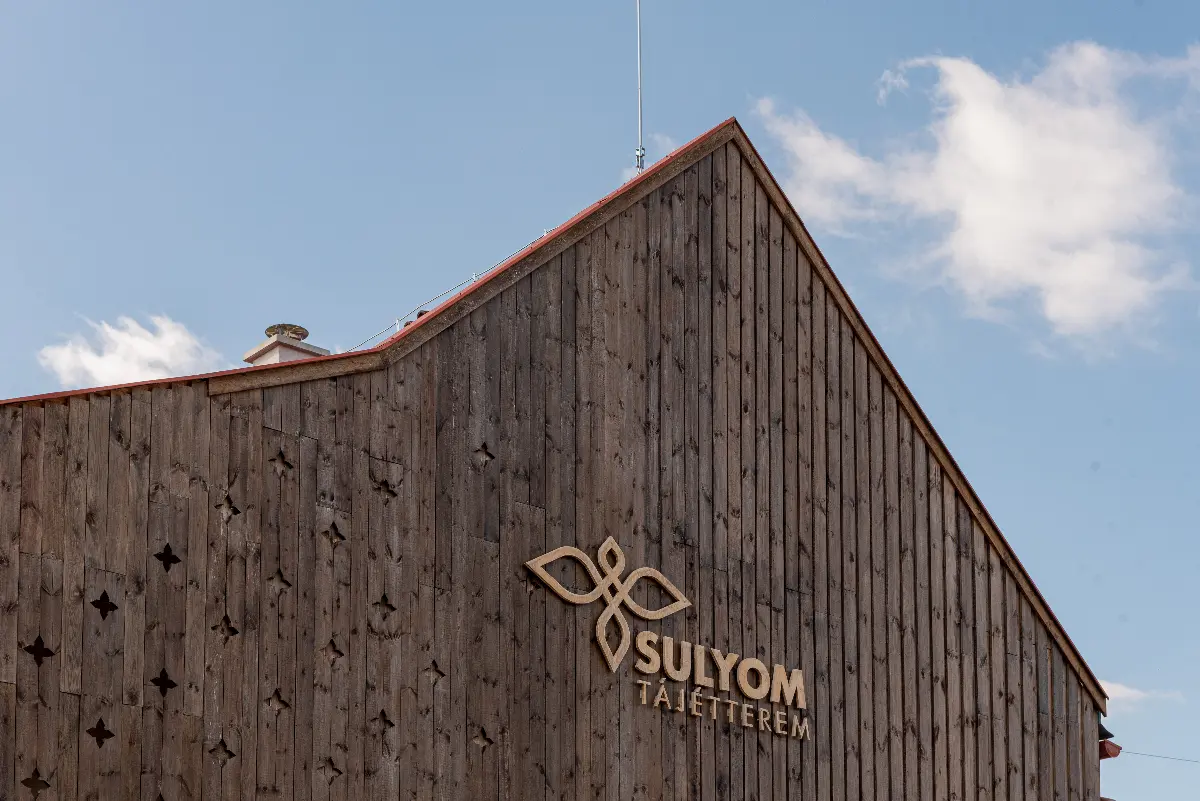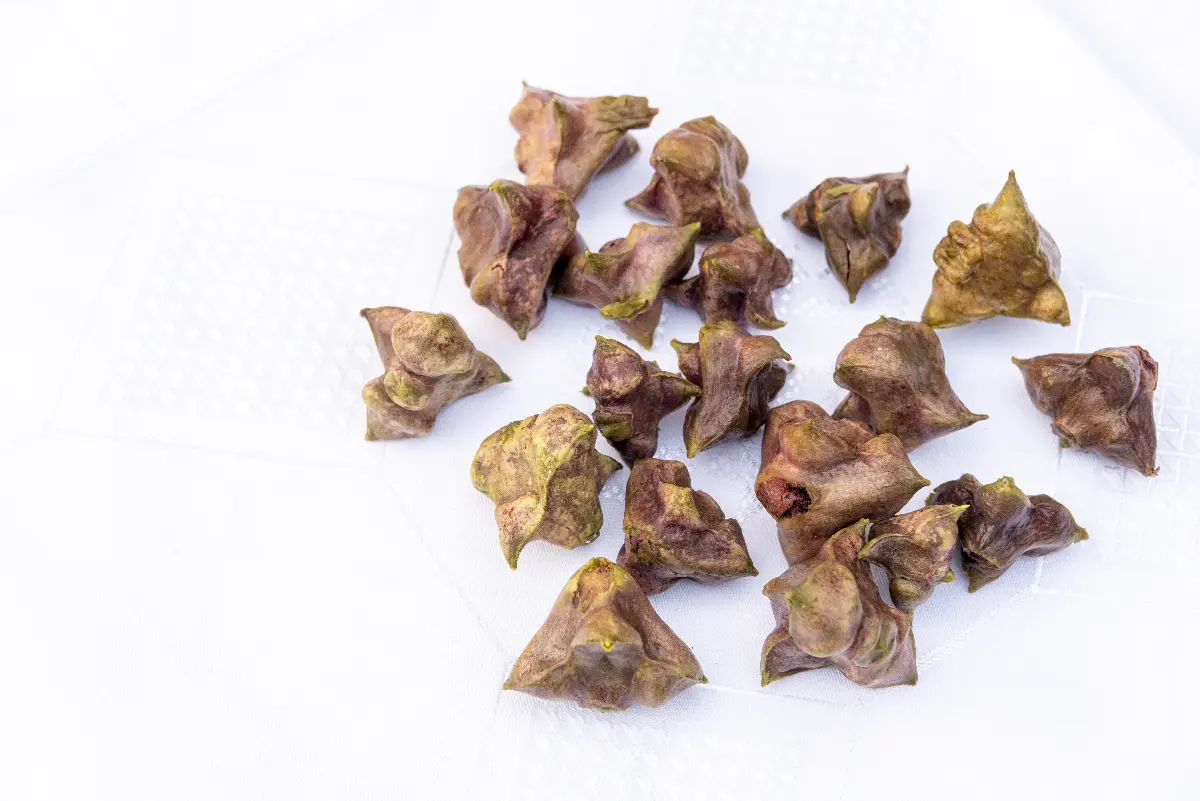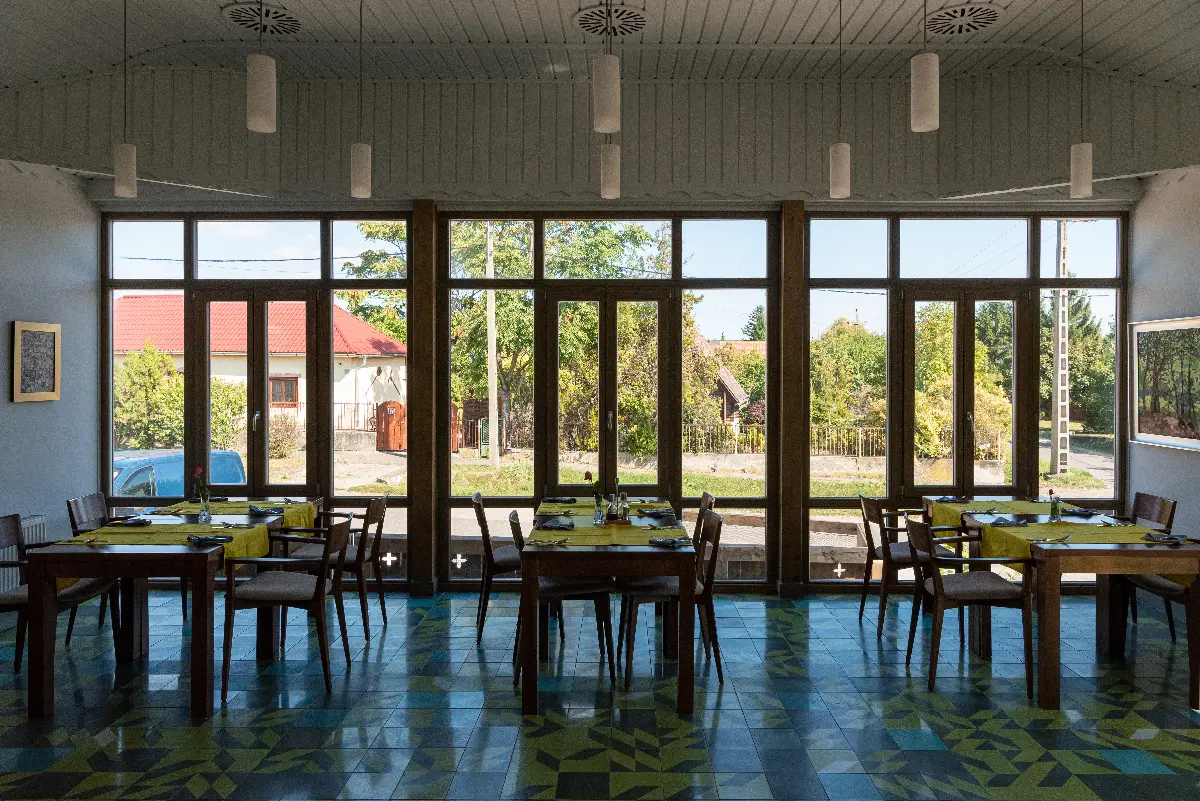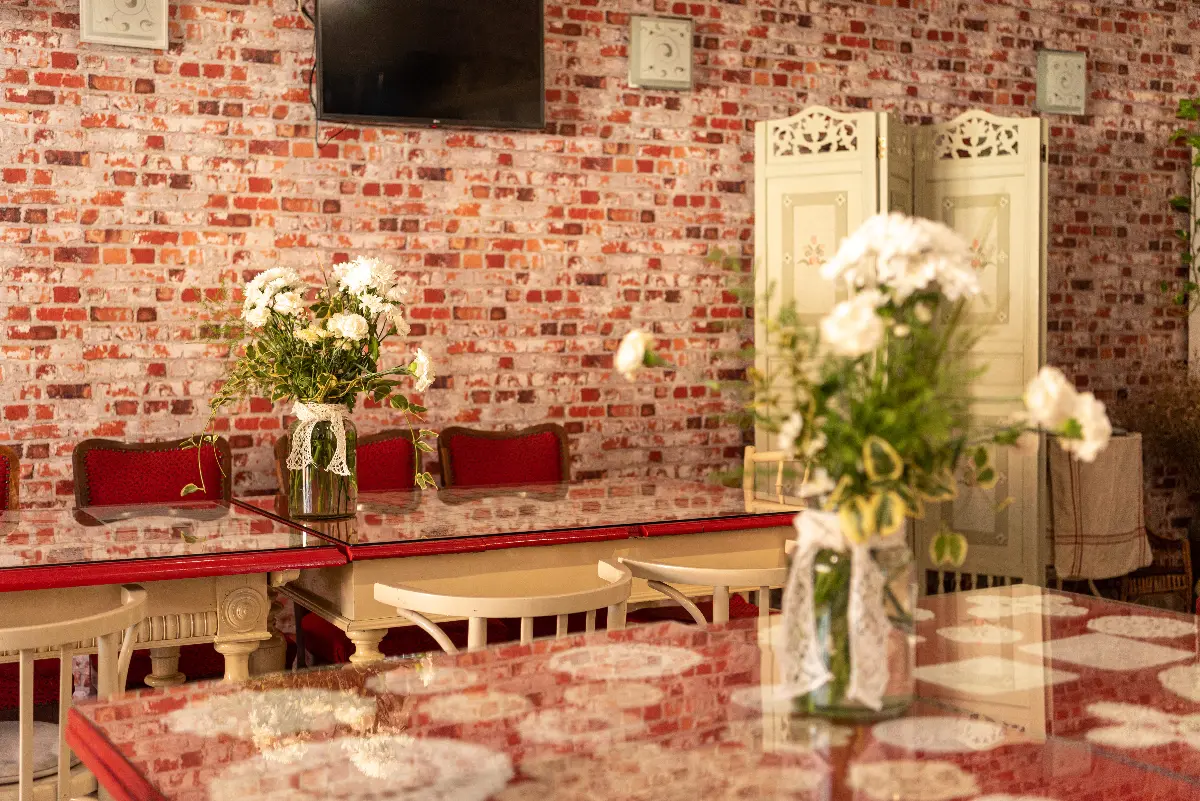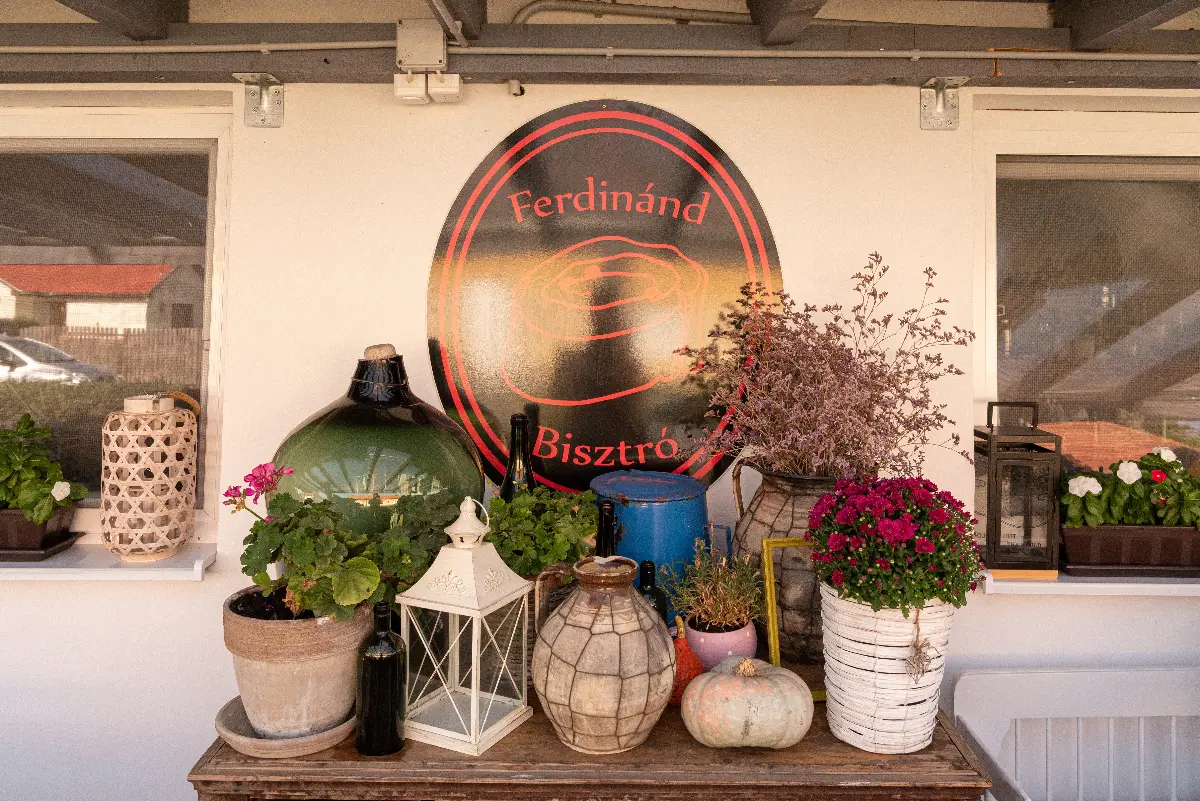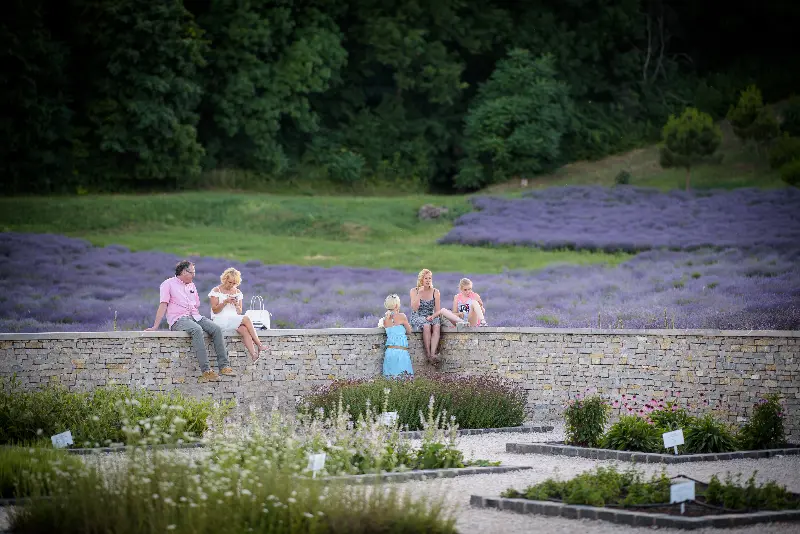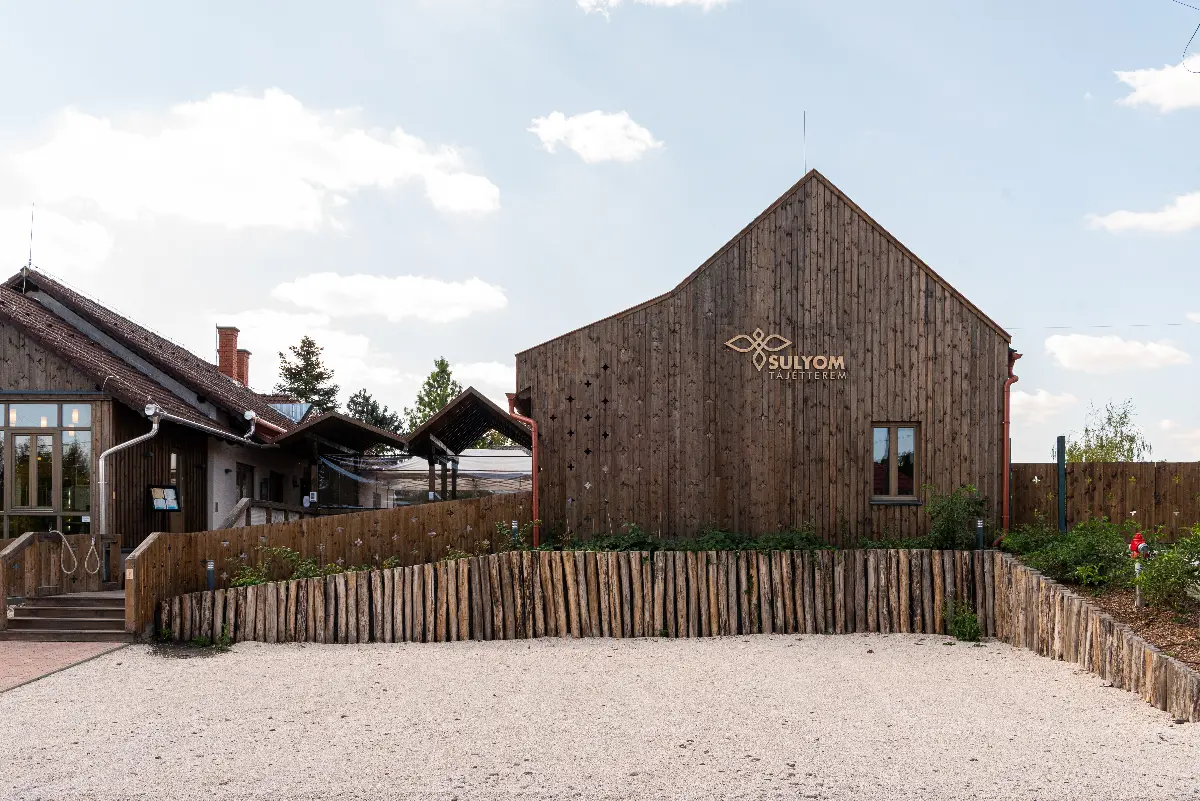
Helyszín címkék:
Gastro tour around Lake Tisza Part II.
Jászberényi Attila
“Ferdinánd Bisztró” (Ferdinand Bistro)
Until now, the sleepy Kunmadaras, a market town in the heart of the Nagykunság region, has only been known for its abandoned Soviet military airfield, once loaded with nuclear warheads, and its annual motorcycle drag races. Until the “Ferdinánd Bisztró” (Ferdinand Bistro) opened. It is a real family restaurant, where you will find the whole family in the kitchen, behind the counter and on the cosy terrace. Éva, the hostess, is a dedicated sourdough maker, so along with the eponymous local delicacy, Ferdinand's raisin sweet bread – which has already been a guest dish at Babka in the capital – everything from home-made bread to pizza dough is made from sourdough. Not to be missed on the menu is the staple of the Nagykunság gastronomy, lamb stew, which, like dumpling soup and the pork knuckle stew, contains ingredients sourced strictly from the local area. The roast duck legs are topped with duck liver risotto, the hamburger is based on Angus beef from Hortobágy, but the most exciting development is that you can order a proper Italian festive bread, panettone, served with your own peach jam on a hand-crocheted tablecloth. This is a serious gastronomic destination, so the smartest thing to do is to book the dishes you want in advance by phone.
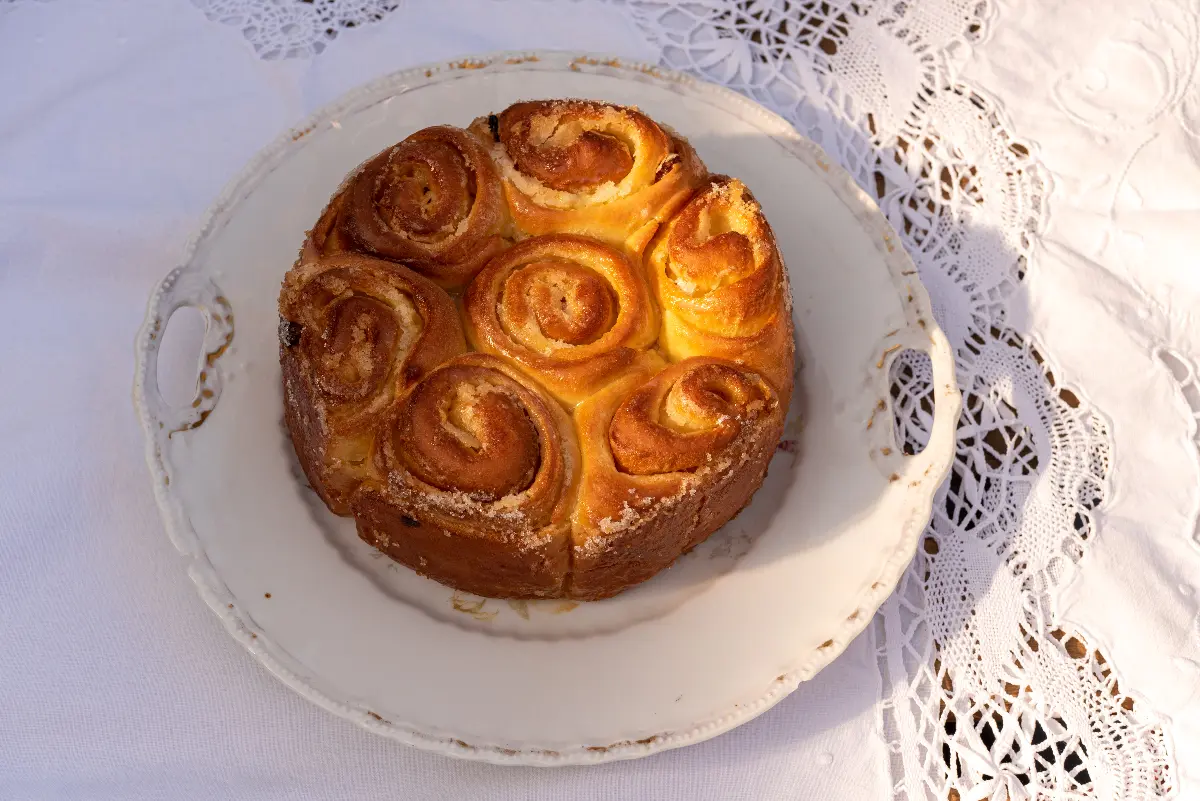
“Lépcső” (Steps)
Continue towards Kisköre on the dam by bike. We will soon arrive at the brand new “Lépcső” (Steps), the entrance gate to the “Kiskörei Hallépcső” (Kisköre Fish Ladder). (This is Europe's largest ecological fish ladder and a great place to visit. A fast-flowing stream – soon to be rafted – in the middle of the Great Hungarian Plain, so that fish can overcome the ten-metre difference in level created by a nearby water step. To do this, they have to jump over 27 small waterfalls in just over a kilometre. And in the structure leading into the pool, you can watch the aquatic creatures going up or down through a viewing window.) The small, modern building combines the atmosphere of the neighbouring power plant with a steampunk Kraftwerk feel, all dissolved and softened by the natural materials used and local relics, such as chandeliers and a Tisza flatboat hanging from the ceiling. The menu is not wide but quality inside and out, the burger buns are cooked on the premises, the meat patties are from Angus beef, the cakes are homemade and extreme-looking, they look a bit like bolts and bearings from the turbine chamber. The owners are the Debreczenis, so if you know Ildi as the organiser of one of Hungary's most original festival, Tour D'Opera, you will not be surprised by the artistic, theatrical interior and regular jazz concerts.
“Sulyom” (Water Chestnut)
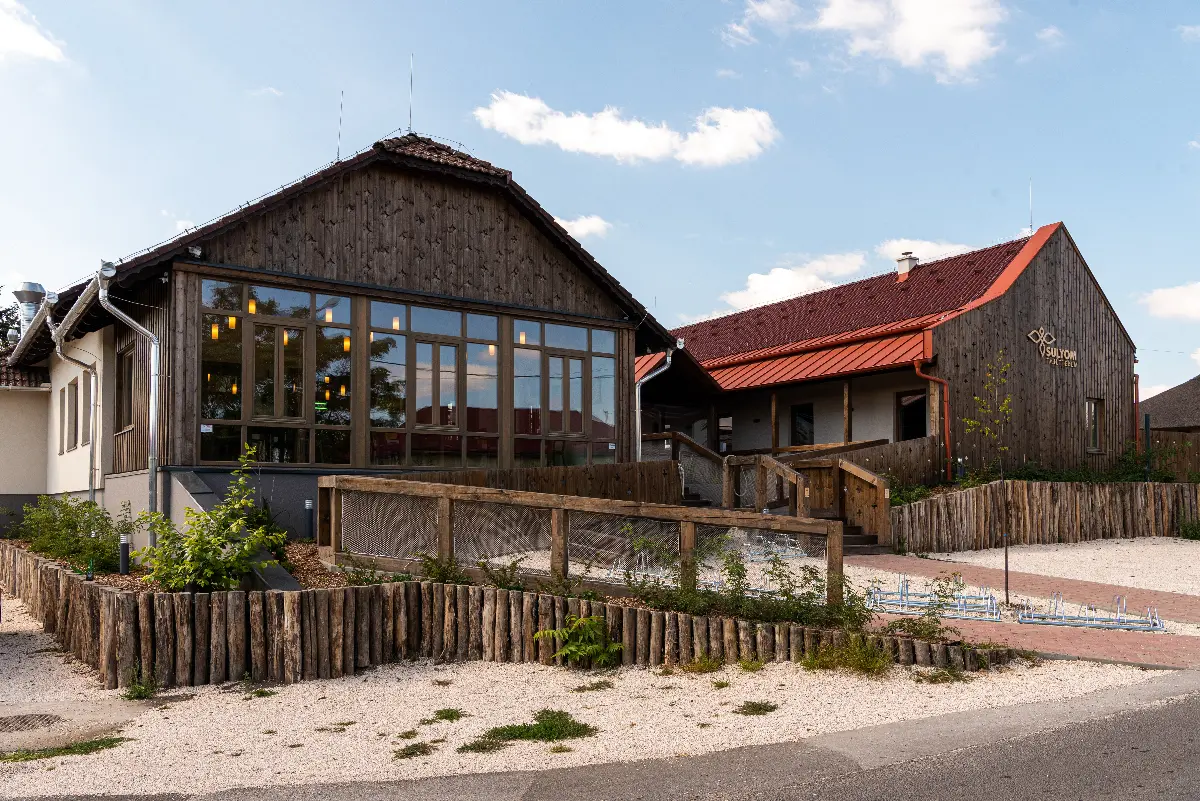
The next stop is Sarud, where the triumph of the “Sulyom” (Water Chestnut) restaurant is the top achievement of the spectacular waterfront developments of recent years. What is known about the eponym is that it was a staple food, almost like a grain of the marsh-dwelling-fisherman lifestyle, and occasionally, dipped in poison, a murderous slingshot load. Nowadays, its thorny nature does not make it a favourite with beachgoers, but it is an emblematic and strictly protected aquatic plant of the region. Because of its recent cult, István Szabó produces praline filling from it in Abádszalók, but it is also used to make a speciality beer under the name “Fekete Kincs” (Black Treasure). The “Sulyom” (Water Chestnut), as a self-proclaimed “village bistro”, really deserves a slowdown. It has a dynamic balance, with modern excitement on the outside and the comfort of a peaceful middle-class mansion on the inside. The menu is rightly short on items, but local sources are used for every dish. The menu could be considered traditional if it did not mix consommé, remoulade, avocado, bagel, batata, chutney with sourdough bread, home-made pasta, Jerusalem artichoke puree, torn Óhalász wild duck meat, bull's blood red onion jam, pork crackling noodles, water buffalo cheeks, but it is all very good this way. The personal favourite of chef Ádám Berecz, whose grandmother was a local, is smoked sheatfish Hortobágy pancakes with sour cream and really what else could it be here, at the intersection of the Hortobágy and the Tisza?

